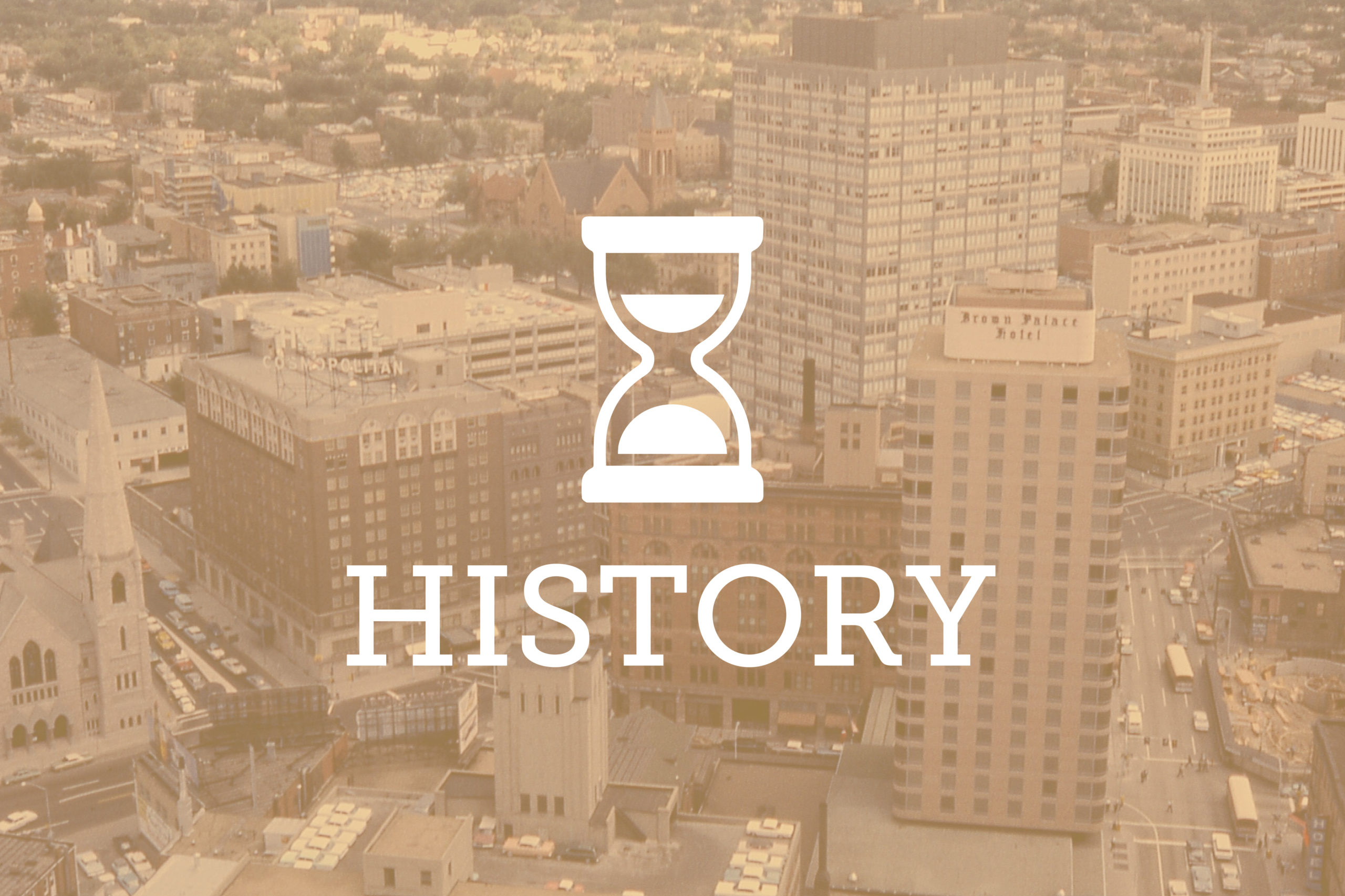
During the U.S. Civil War, a combined force of 1,300 troops from Colorado and New Mexico advanced toward Santa Fe, New Mexico in March 1862. The battle was officially called the Battle of Glorieta Pass but has also been called the “Gettysburg of the West.”
The battle pitted Union troops from Colorado against Confederates from Texas, according to a Colorado Encyclopedia entry, and it ended in a stalemate. But the Colorado troops decimated Confederate supplies and dashed their hopes of taking western territories in the war as a whole. At the time, Colorado was a newly formed territory following a treaty with the Cheyenne and Arapaho Tribes.
The battle has been referenced as a turning point in the western phase of the conflict.
Colorado became a U.S. territory shortly before the U.S. Civil War began and supplied both sides with troops and support. The territory hosted Union forces and supplied troops to Union regiments but had pockets of Confederacy supporters.
Brig. Gen. Elbridge Sopris, who was a participant in the battle and in the Sand Creek Massacre, died in Denver at age 92 in January 1936, according to an obituary in the Longmont Times-Call. The publication noted Sopris won appointments under four Colorado governors including controversial territorial Gov. John Evans who brought about the Sand Creek Massacre. It’s expected Mount Evans will soon be renamed Mount Blue Sky.
Colorado’s soon-to-be Mount Blue Sky joins a number of other places in the state that will be or are already renamed, including nearly 30 geographical features named after racist slurs. But those places aren’t and likely won’t be the only ones Coloradans want to consider renaming. In 2020, residents of what is formerly Stapleton voted to rename the area Central Park to distance the area from a former mayor who was a member of the Ku Klux Klan.
In the early 1900s, Colorado’s government had a number of active KKK members. Cited in previous Law Week coverage, the KKK was a cancerous fixture, particularly in Denver, as the often-violent society of white supremacists gave “demonstrations” throughout the city and regularly targeted areas like the historic Five Points Neighborhood. Demonstrations usually ended with arson, property damage and injury or death.
Outspoken opponents to the KKK-ridden state government included Dr. Joseph Westbrook, who was also famous for naming the all-black community Dearfield. Westbrook joined the KKK and attended meetings to help bolster the safety of Black Denverites. Described as a light-skinned Black man, Westbrook was one of several famous activists and humanitarians at the time who were actively fighting the KKK’s hold over Denver’s legal system. Alongside his friend and colleague, Clarence Holmes, the two prominent dentists were able to warn Black communities of KKK plans over a period of several years.
In the legal field, prominent Denver attorney Charles Ginsberg was a long-standing target of KKK operatives in the city following a heated 1924 debate between Ginsberg and a KKK-aligned rival, William Oeschger, at the University of Colorado at Boulder.

